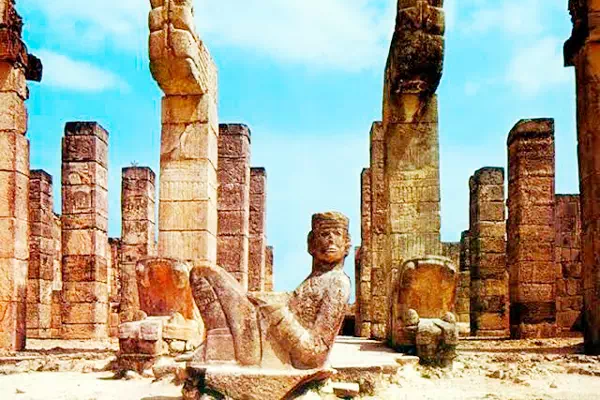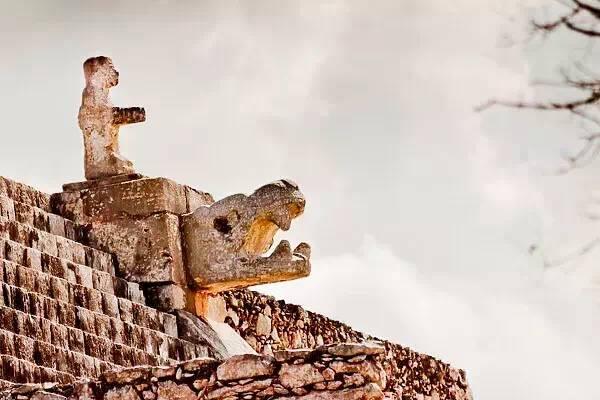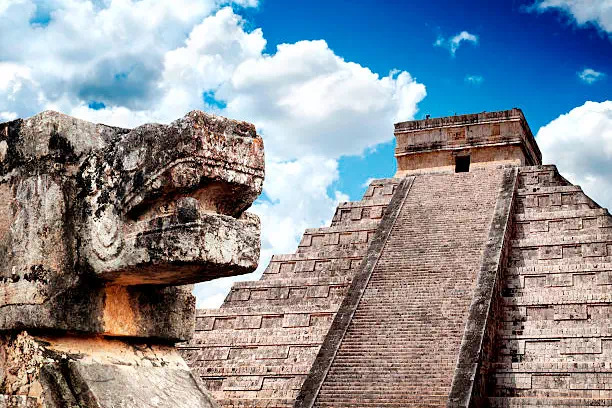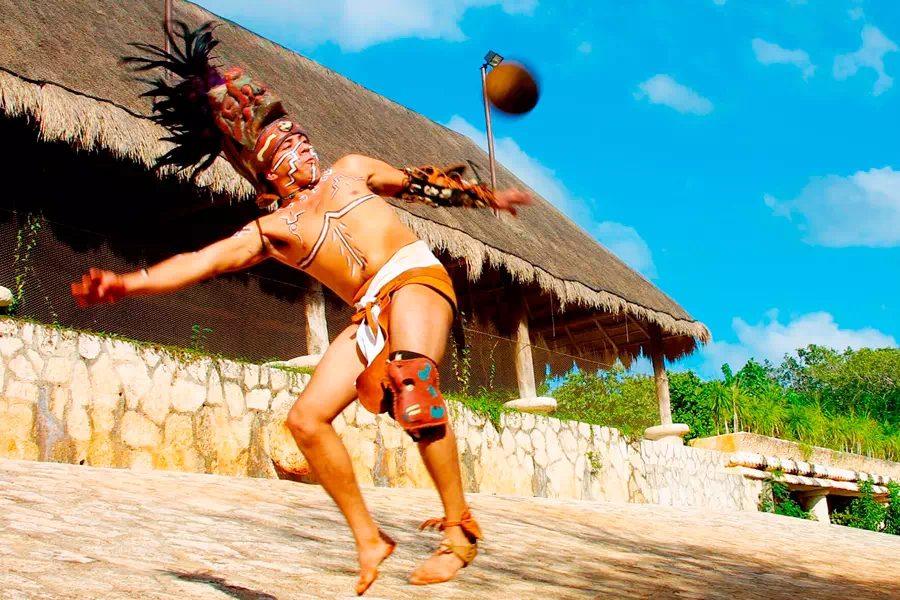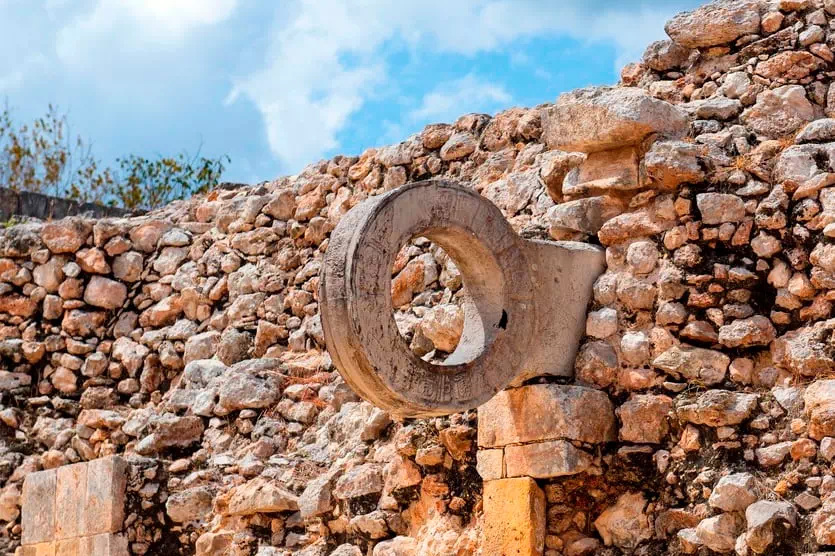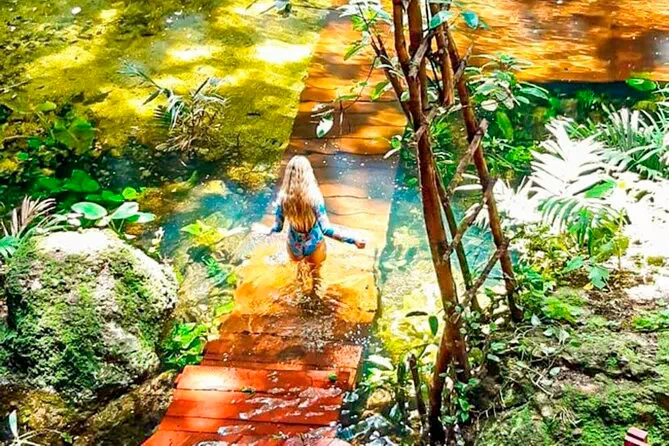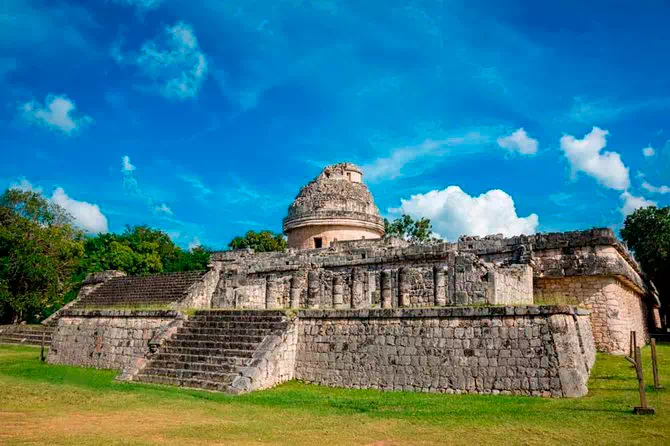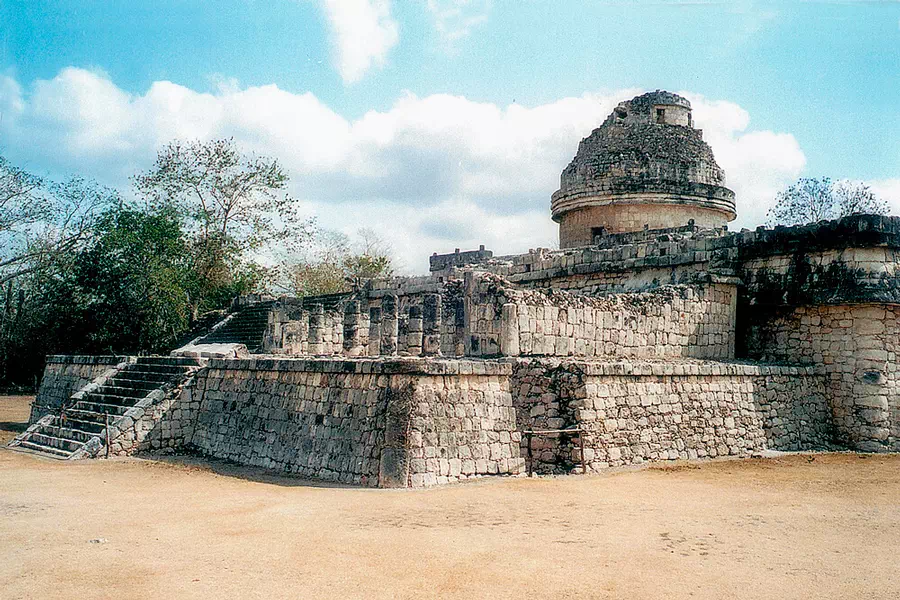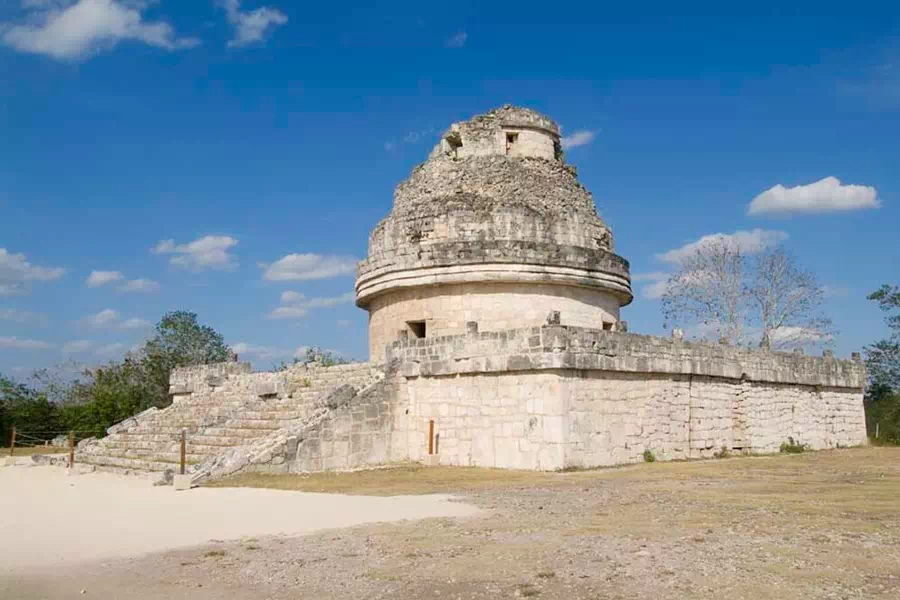Chichen Itza derives its name from the Mayan language, signifying "at the mouth of the well of the Itza."
The Itza, an ethnic group of Mayans, rose to prominence in the northern region of the Yucatan peninsula,
where the city is situated.
Historical records present varying accounts regarding the establishment of the city. While some sources
propose its inception in the early 400s A.D., others indicate that construction commenced a few years
later, around the middle part of the fifth century. Nevertheless, it is widely acknowledged that Chichen
Itza became a significant hub of political and economic activity within Mayan culture by approximately
600 A.D.
By this time, it had already burgeoned into one of the largest cities in the Mayan world, encompassing an
expansive area of nearly two square miles. The cityscape was characterized by densely packed stone
structures, comprising commercial, residential,
and other architectural marvels.
Interestingly, Chichen Itza even boasted its own "suburbs," where
smaller homes dotted the outskirts of the city.
As the ninth century unfolded, Chichen Itza assumed the role of a de facto regional capital, with its
rulers exercising control over substantial portions of the central and northern Yucatan peninsula.
Through its strategic port at Isla Cerritos on the northern coast, Chichen Itza flourished as a vital
commercial center. The city engaged in extensive trade, involving valuable commodities like gold and
other treasures, which were exchanged with cities throughout the Americas.
At the pinnacle of its existence, Chichen Itza is believed to have accommodated a population of up to
50,000 inhabitants. This population likely exhibited a notable degree of diversity, particularly
considering the prevailing standards of the time. It is suggested that residents migrated to the city
from regions beyond the Yucatan, including present-day Central America.

